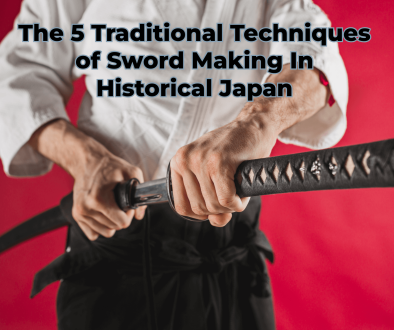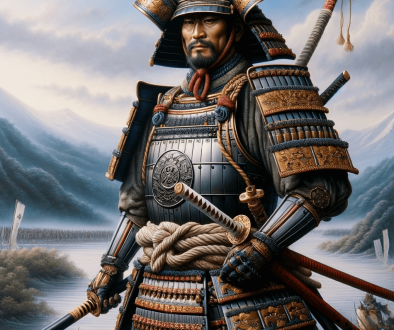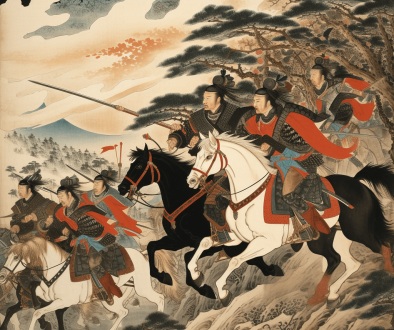Heian
The Heian period (平安時代) of Japan ran from 794 AD to 1185 AD. Heian (平安) also means peace in Japanese. This period took its name from what was the capital city at the time, Heian Kyo, or what became known as modern-day Kyoto. The earlier introduction of Buddhism and Chinese influence carried over from the Asuka period now reached its peak in Japanese culture.
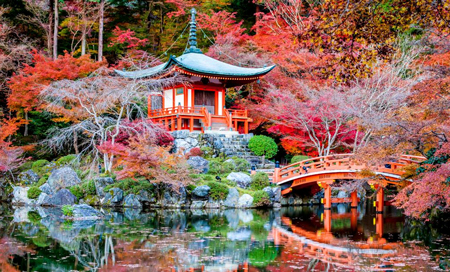
The Japanese imperial court also reached the height of its power with a huge range of art, literature, and poetry being created. However, the real power during this period was with the aristocratic family Fujiwara clan. This warrior class had intertwined their influence on society by marrying into the imperial family, with many emperors taking bribes from the Fujiwara family.

The previous Nara period had just finished with a series of disastrous on the capital city Nagaoka Kyo, and because of this, Emperor Kanmu, who was the 50th emperor relocated to Heian. The feudal period of Japan and the rise of the samurai were about to begin.
The samurai was originally formed to deal with the upsurge of the Northern tribes, who were considered a rebellious barbarian race is known as the Ainu, and considered the descendants of the earliest inhabitants of Japan.
The land that lay between the city of Kyoto and the North region was filled with agricultural development and less established areas. It was these areas that spawned the best martial artists at the time, and they would work for the landowners, protecting their borders from the Ainu.
Once the Ainu were finally defeated, the warrior families were given tax-exempt territories of their own. The heads of each of these clans were considered to be able to trace their linage history back to the time of the gods, and their social status was highly admired. They became known as samurai warriors, which roughly translated as “those that serve” and they were renowned for their loyalty to the ruling warlord above all else in their lives.
Starting in the early ninth century each of the various powerful families began to compete against each other for more control of land, and the strongest that survived was the 3 main rivals known as the Taira, Minamoto, and of course the Fujiwara clan.
The Golden Age of Court Culture
The term is taken from the Heian period art, which was created during this time. Aristocratic culture, which involved refined taste and courtly manners, was at its height during this time too. This Golden Age saw a flourishing of arts and literature.
The Decline of the Heian Period led to a change in society and the rise of new social norms.
The Heian Period was characterized by aristocratic rule. This period was also known for its feudal power struggles between nobles who had differing opinions about how Japan should be governed. The period ended with the rise of the samurai class and the eventual downfall of the emperor’s imperial government.
Social norms during this time included ideas about kinship, marriage, and education that are no longer prevalent in Japanese society today.
The Aristocracy during the Heian Period
The aristocratic society of the Heian period was one of the most conservative and closed societies in Japanese history. For more than a hundred years, courtiers were selected from a narrow range of families and had to maintain fixed ranks.
The influence of Buddhism during the Heian Period
Buddhism had a profound effect on the politics, society, and culture of Japan.
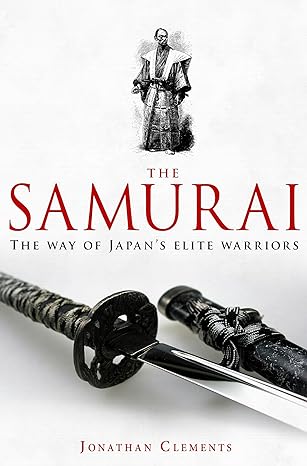
The acceptance of Buddhism in Japan was a gradual process that took place over centuries. It began in the 6th century when cultural exchanges between Korea and Japan brought Buddhism to the islands. In the 7th century, it was introduced to aristocratic circles by members of the Korean aristocracy. The aristocrats adopted Buddhist teachings on karma and reincarnation which they found useful for justifying their position in society.
In 784, a group of emissaries from China visited Japan and formalized their conversion to Buddhism with Emperor Kanmu who converted at that time as well. This group became Buddhists, which had important political/societal effects. They were significant because they could be used in imperial rituals to reaffirm the legitimacy of the Emperor.

Buddhism has been a prominent feature of China’s cultural life for more than two thousand years. It is a religion, a philosophy, and a way of life. Buddhist culture has deeply influenced the language, art, and customs of the Chinese people.
